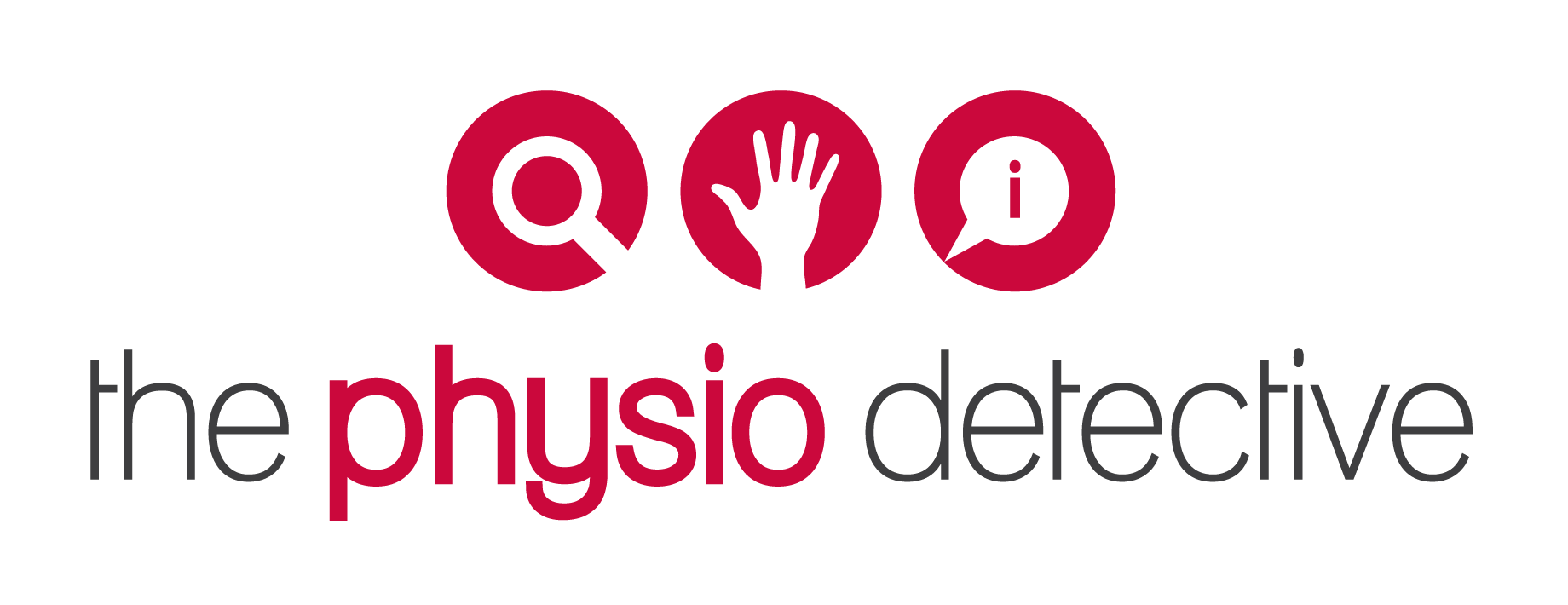High Velocity, Low Amplitude (HVLA) thrust = also known as “cracking necks and backs”
This post is going to get a little scientific - apologies - but it was prompted by thinking about a statement by an eminent manual therapist Leon Chiatow...and has been the way I was taught to "manipulate" joints. But in the quest for "truth", I have to wonder about the science behind what we say and what we mean...
"It is worth emphasizing that, by definition, HVLA impulse, or thrust, involves high velocity, not high force." - Leon Chaitow, ND, DO
I have always been confused by this type of statement... it doesn't seem to make sense to me from a physics point of view. Perhaps you can check my reasoning below?
Force = mass x acceleration. Assuming the mass is constant and you start from a relatively still position, then to move from a stationary position to one of high velocity, then acceleration has to be high (v2-v1/t). Therefore successful manual therapists, IMHO, actually achieve higher forces as they can more easily generate rapid speed in a localised area.
Having said that, they also produce (usually) less displacement (s) (that would be the low amplitude bit in HVLA): s=u.t + 0.5.a.t^2. Since initial velocity (u) = 0, then it is the acceleration and time that makes the difference. Since the required distance to achieve manipulation is small, then it takes less time.
Unskilled/novice manual therapist "look wrong" because they are slow (takes more time), move the patient too much (increased distance), and "try too hard" in general.
Therefore, perhaps instead of saying "Force", people actually mean "Work": Work = Force x Distance. Power = Work x Time. So whilst the force has increased (mass x acceleration), the Work and Power has decreased when compared to novices...
...however, if you say "force increases", then students will just try to push harder (increase power and work) because they don't understand physics...
Truth vs Pragmatism?
